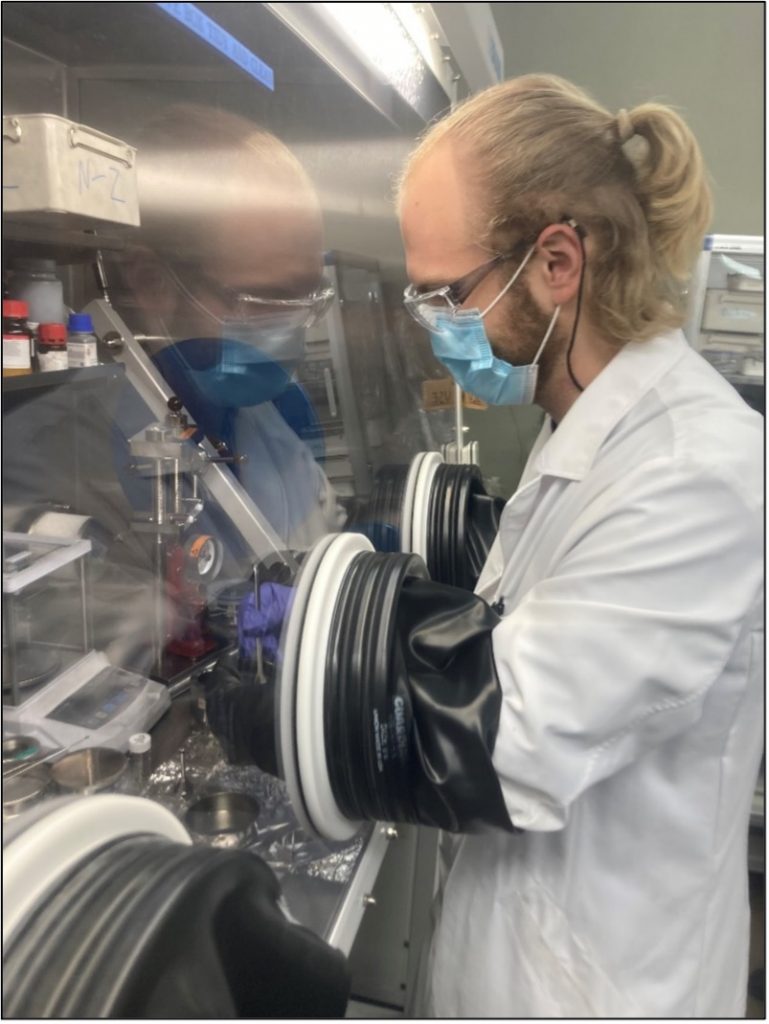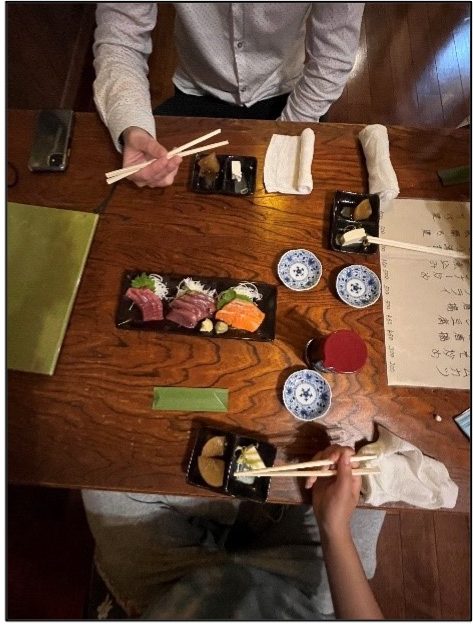
This past summer Adam Eichhorn, who just started his senior year in Materials Science and Engineering (MSE), was able to visit Japan as a part of a Research Experience for Undergraduates (REU) where he was able to gain valuable research experience before he moves on to graduate school.
Eichhorn is a Cyclone legacy with a set of grandparents, Glenn and Betty Eichhorn, graduating in 1957 and father Scott graduating 40 years later in 1997 with an aerospace engineering degree.
“In high school I really enjoyed chemistry and physics, and I liked how MSE is kind of a bridge between engineering and science [and] that there’s a very fundamental understanding of the science that goes into all the processes of designing and processing materials,” Eichhorn said.
Eichhorn has chosen polymers and metals as his specializations, but the REU in Japan focused on a ceramic, which he was excited to learn more about. The opportunity came through Cornell University and the National Institute of Materials Science in Japan.

Researching in Japan
Eichhorn arrived on June 1 for the 10-week program. He not only got to immerse himself in Japanese culture, but learn through seminars, conventions, doing lab work, and meeting with different researchers at the Institute.
In his lab, ran by Takao Mori, he worked with a clathrate I structure, which is an intermetallic. This material is a thermoelectric material that produces voltage when a heat gradient is put across it. Eichhorn was looking to maintain that electrical conductivity.

“I wanted to specifically investigate that if we switched out the metal component of barium, and instead added ytterbium, which is a heavier metal, it’s got a smaller ionic radius, it has some advantages in the structure of this thermoelectric that, as we add that, are able to improve the thermoelectric properties [and] increase the voltage [so] that we can produce with a heat gradient,” Eichhorn said. “And the conclusion was that no, it wasn’t successful. There have been some papers that have done this before, and [my project] showed mixed results between the different ones. So, I think this is another further step in exploring that material and potentially putting it to the side and focusing on other materials.”
International collaboration
Having this experience in Japan showed Eichhorn that he really enjoys the environment that international collaboration brings.
“I had French colleagues, a couple from Korea, a Chinese professor who was visiting for the summer and it was really enjoyable to discuss with them both cultural things and to get to learn about each other’s countries, but also their perspectives on research,” Eichhorn said. “I could tell that there were very different motivations that brought a richness to the research aspect of it.”
Eichhorn enjoyed it so much that he will be looking for some international opportunities when he completes graduate school.
